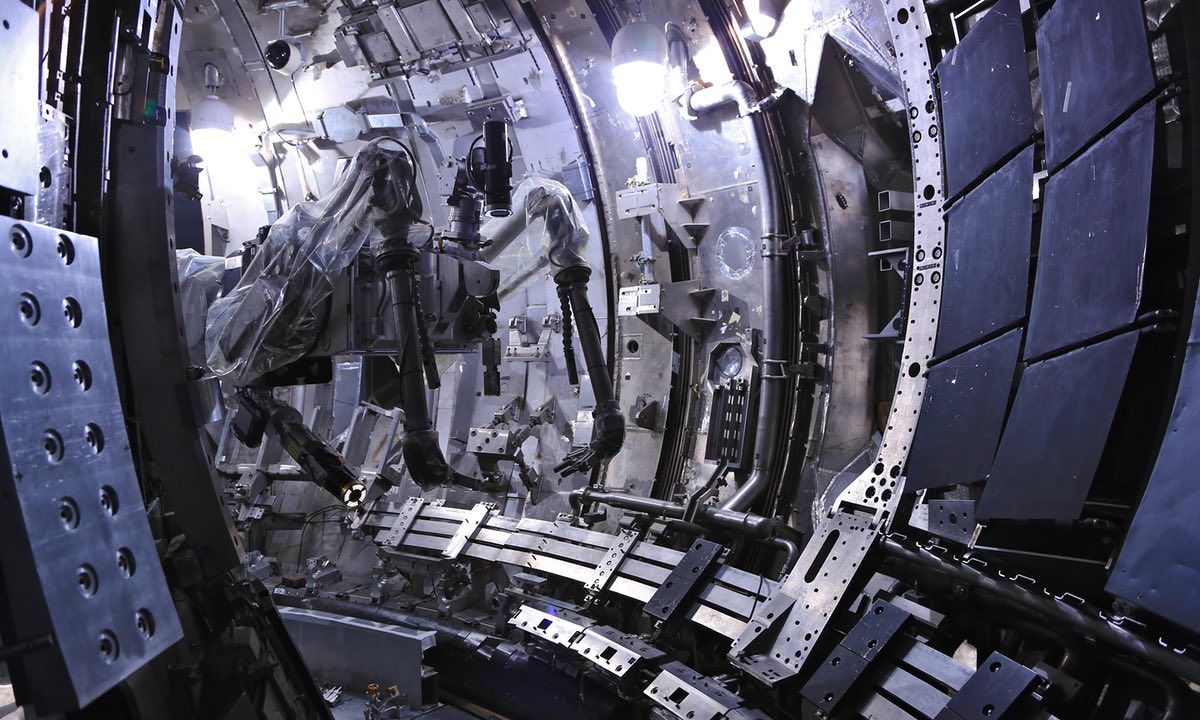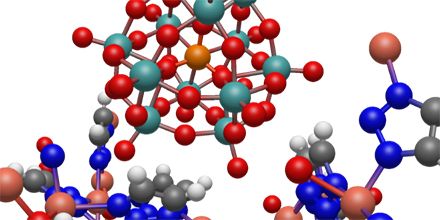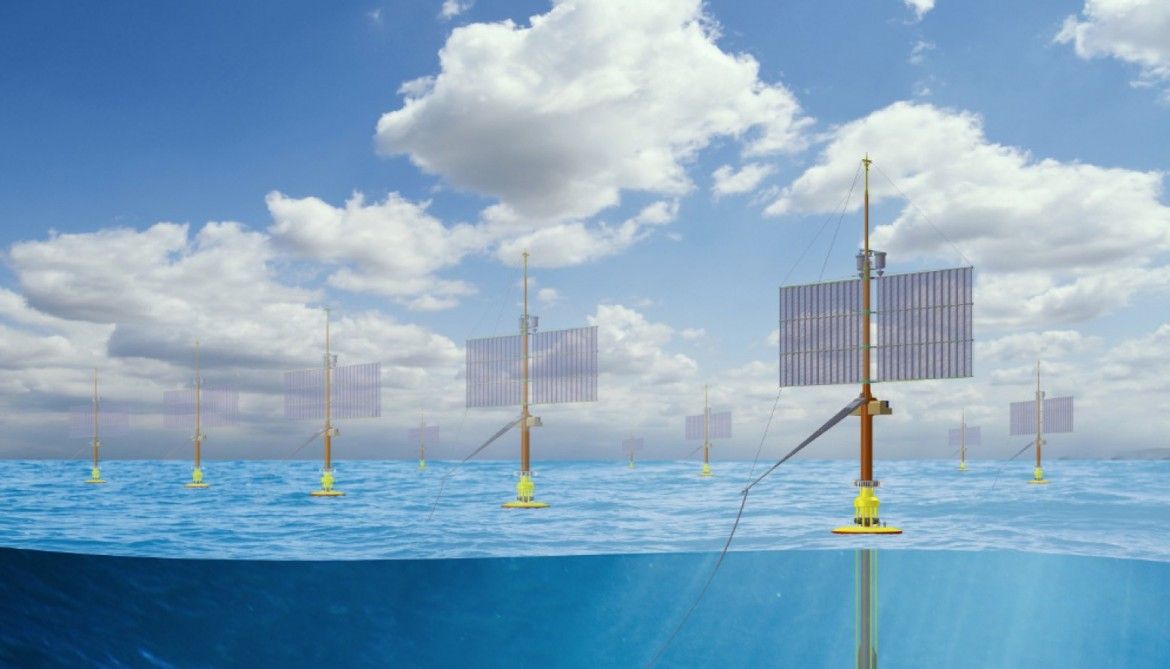Are you really surprised?
Category: climatology – Page 156
If you dig deep enough into the Earth’s climate change archives, you hear about the Palaeocene-Eocene Thermal Maximum, or PETM. And then you get scared.
That was a time period, about 56 million years ago, when something mysterious happened — there are many ideas as to what — that suddenly caused concentrations of carbon dioxide in the atmosphere to spike, far higher than they are right now.
The planet proceeded to warm rapidly, at least in geologic terms, and major die-offs of some marine organisms followed due to strong acidification of the oceans.
Nuclear fusion needs a “Wright brothers” moment, to convince the world of its promise of unlimited clean and safe energy and so unlock significant private investment, according to a physicist whose says his company is closing in on that goal.
David Kingham, the chief executive of Tokamak Energy, has announced his company’s target of producing its first electricity by 2025 and feeding power into the grid by 2030, as well as investment from the UK’s Institution of Mechanical Engineers.
Harnessing the nuclear energy which powers the sun has long been touted as the ultimate solution to the challenge of powering the world while halting climate change. But, as fusion sceptics often say, the reality has stubbornly remained a decade or two away for many years.
Quicker time to discovery. That’s what scientists focused on quantum chemistry are looking for. According to Bert de Jong, Computational Chemistry, Materials and Climate Group Lead, Computational Research Division, Lawrence Berkeley National Lab (LBNL), “I’m a computational chemist working extensively with experimentalists doing interdisciplinary research. To shorten time to scientific discovery, I need to be able to run simulations at near-real-time, or at least overnight, to drive or guide the next experiments.” Changes must be made in the HPC software used in quantum chemistry research to take advantage of advanced HPC systems to meet the research needs of scientists both today and in the future.
NWChem is a widely used open source software computational chemistry package that includes both quantum chemical and molecular dynamics functionality. The NWChem project started around the mid-1990s, and the code was designed from the beginning to take advantage of parallel computer systems. NWChem is actively developed by a consortium of developers and maintained by the Environmental Molecular Sciences Laboratory (EMSL) located at the Pacific Northwest National Laboratory (PNNL) in Washington State. NWChem aims to provide its users with computational chemistry tools that are scalable both in their ability to treat large scientific computational chemistry problems efficiently, and in their use of available parallel computing resources from high-performance parallel supercomputers to conventional workstation clusters.
“Rapid evolution of the computational hardware also requires significant effort geared toward the modernization of the code to meet current research needs,” states Karol Kowalski, Capability Lead for NWChem Development at PNNL.
Dubai’s skyline is an ever-growing collection of impressive towering skyscrapers, including the Burj Khalifa, the tallest building in the world. And you know what loves tall buildings even more than tourists do? Lightning.
Instagrammer faz3, also known as Sheikh Hamdan Bin Mohammed Bin Rashid Al Maktoum (the Crown Prince of Dubai), captured this amazing lightning show over Dubai at 1,977 frames per second, turning what is normally a split second occurrence into a beautifully drawn-out ballet of bolts splintering their way across a dark stormy sky.
Danaher’s Instruments of Change — If you feel like your industry that has always been on a slow & stable growth curve is now under greater pressure to change; you’re not alone. Recent indicators are showing with the latest changes in tech and consumers (namely the millennials as the largest consumers today); industries have been shaken up to perform at new levels like never before or companies in those industries will cease to be relevant.
Doing well by doing good is now expected for businesses, and moral leadership is at a premium for CEOs. For today’s companies to maintain their license to operate, they need to take into account a range of elements in their decision making: managing their supply chains, applying new ways of measuring their business performance that include indicators for social as well as commercial returns, and controlling the full life cycle of their products’ usage as well as disposal. This new reality is demonstrated by the launch last September of the Sustainable Development Goals (SDGs), which call on businesses to address sustainability challenges such as poverty, gender equality, and climate change in new and creative ways. The new expectations for business also are at the heart of the Change the World list, launched by Fortune Magazine in August 2015, which is designed to identify and celebrate companies that have made significant progress in addressing major social problems as a part of their core business strategy.
Technology and millennials seem to be driving much of this change. Socially conscious customers and idealistic employees are applauding companies’ ability to do good as part of their profit-making strategy. With social media capable of reaching millions instantly, companies want to be on the right side of capitalism’s power. This is good news for society. Corporate venturing activities are emerging, and companies are increasingly leveraging people, ideas, technology, and business assets to achieve social and environmental priorities together with financial profit. These new venturing strategies are focusing more and more on areas where new partnerships and investments can lead to positive outcomes for all: the shareholders, the workers, the environment, and the local community.
Furthermore, this is especially true in the technology sector. More than 25% of the Change the World companies listed by Fortune are tech companies, and four are in the top ten–Vodafone, Google, Cisco Systems, and Facebook. Facebook’s billionaire co-founder and CEO, Mark Zuckerberg, and his wife have helped propel the technology sector into the spotlight as a shining beacon of how to do good and do well. Zuckerberg and Priscilla Chan pledged on December 1, 2015, to give 99 percent of their fortune to charity. Facebook shares are valued between $40 and $45 billion, which makes this a very large gift. The donations will initially be focused on personalized learning, curing disease, connecting people, and building strong communities.
A novel rechargeable battery developed at MIT could one day play a critical role in the massive expansion of solar generation needed to mitigate climate change by midcentury. Designed to store energy on the electric grid, the high-capacity battery consists of molten metals that naturally separate to form two electrodes in layers on either side of the molten salt electrolyte between them. Tests with cells made of low-cost, Earth-abundant materials confirm that the liquid battery operates efficiently without losing significant capacity or mechanically degrading—common problems in today’s batteries with solid electrodes. The MIT researchers have already demonstrated a simple, low-cost process for manufacturing prototypes of their battery, and future plans call for field tests on small-scale power grids that include intermittent generating sources such as solar and wind.
The combination of human and computer intelligence might be just what we need to solve the “wicked” problems of the world, such as climate change and geopolitical conflict, say researchers from the Human Computation Institute (HCI) and Cornell University.
In an article published in the journal Science, the authors present a new vision of human computation (the science of crowd-powered systems), which pushes beyond traditional limits, and takes on hard problems that until recently have remained out of reach.
Humans surpass machines at many things, ranging from simple pattern recognition to creative abstraction. With the help of computers, these cognitive abilities can be effectively combined into multidimensional collaborative networks that achieve what traditional problem-solving cannot.








